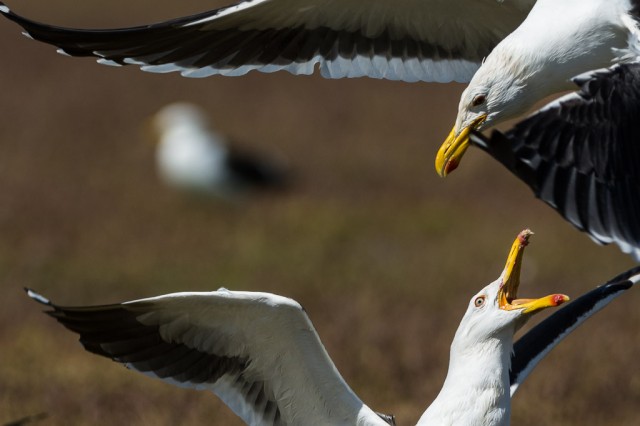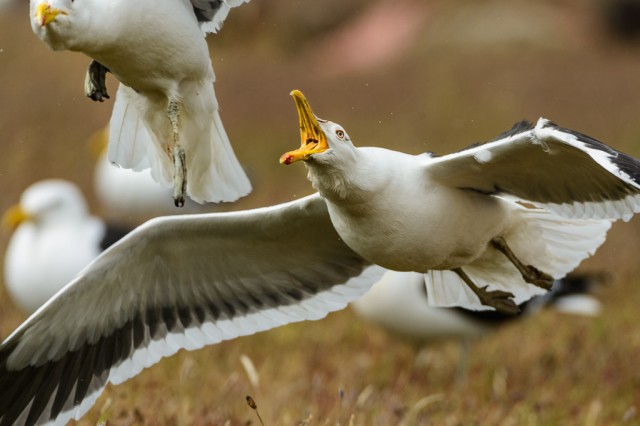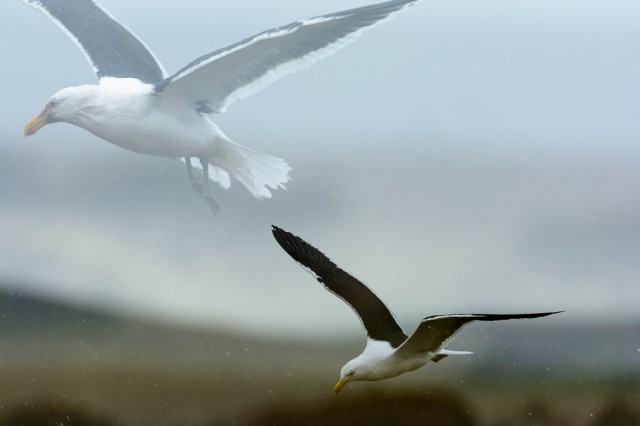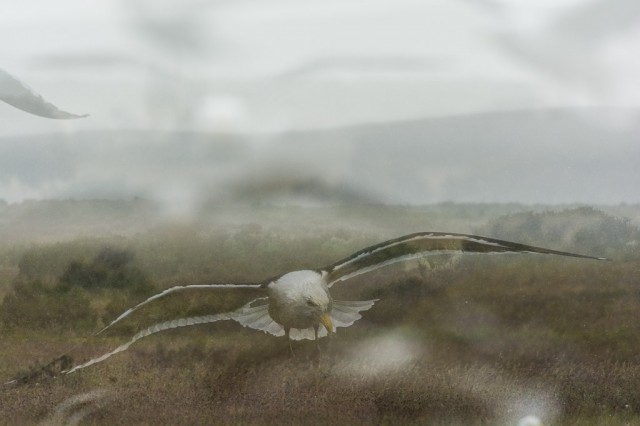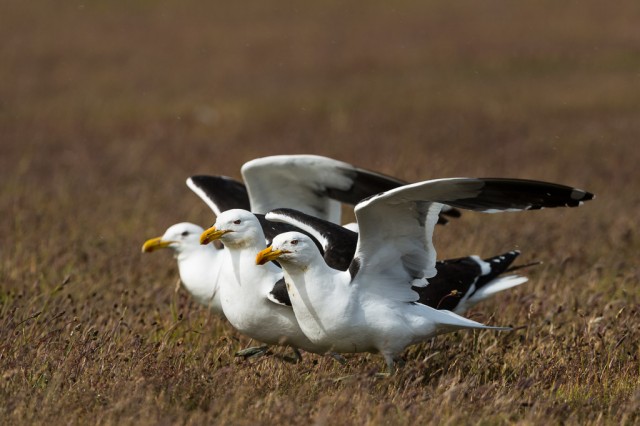6/1-2014
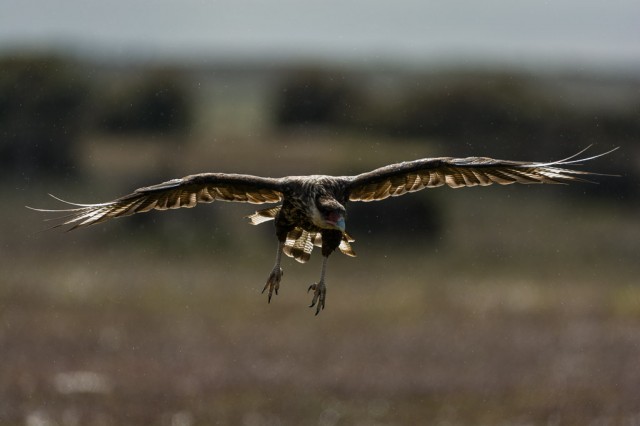
A full day in the hide with almost ten hours sitting on a stick of wood. Divided into a morning session and one afternoon session with lunch in between. No real luck this day – before lunch we had the Andean Condors (Vultur gryphus) down on the ground quite far away and they stayed only for ca 20 minutes then they got scared and left. I think the hide with lenses sticking out and moving is too scary and these shy birds are careful. With a wingspan of up to 3.2 meters they are impressive and there are only a few birds having a larger wingspan. The Wandering Albatross (Diomedea exulans) with a wingspan of 3.6 meter is one of them, which I hope to also get to see later on this trip. The Condors are among the longest living birds with individuals kept in captivity reaching over 75 years old. Still they are considered threatened due to loss of habitat and hunters placing poisoned meat. Especially in the northern regions of Southern America (Venezuela and Colombia) is this a rarely seen bird but where we are today we see them and I can only say that a more powerful bird I have never seen!
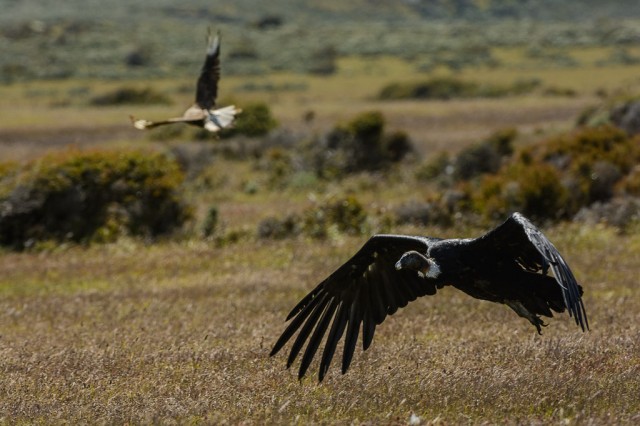
The lordship of the Andean Condor and its place in South American mythology can be seen in the national symbols of Argentina, Bolivia, Chile, Colombia, Ecuador and Peru where it is central parts thus representing these countries strive for power and elegance.
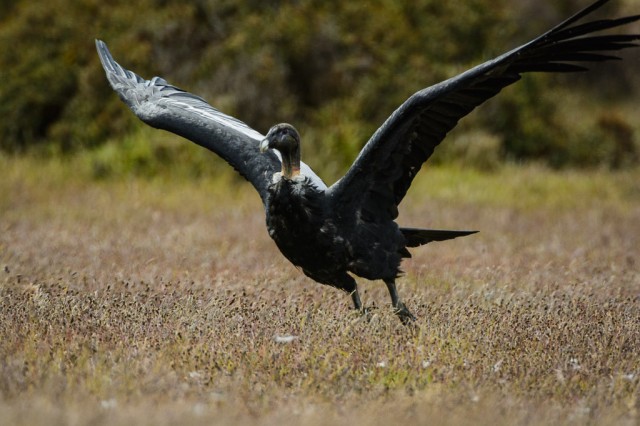
During lunch I took a tour on the estancia and managed to capture Chilean Swallows (Tachycineta meyeni) hunting insects in the low grass down by the ocean. It is a very windblown area with few trees and little protection for the animals living here. The sheep gather and try to get some shelter but it is hard to find. In one of very few the trees I found two juvenile Austral Thrushes (Turdus falcklandii), which is the most southerly-ranging thrush species occurring in South America. There are two subspecies of the Austral thrush: the Falkland thrush (Turdus falcklandii falcklandii) and the Magellan thrush (Turdus falcklandii magellanicus) and of course it was a T. f. magellanicus I saw, which is recognized by its smaller size, colder olive-brown upperparts, blacker head, paler underparts and more distinct throat pattern (see the attached photo). I was walking in sunshine but in 5 minutes the weather changed and a storm came in and I got completely drenched – no time to change and I was wet for the rest of the day.
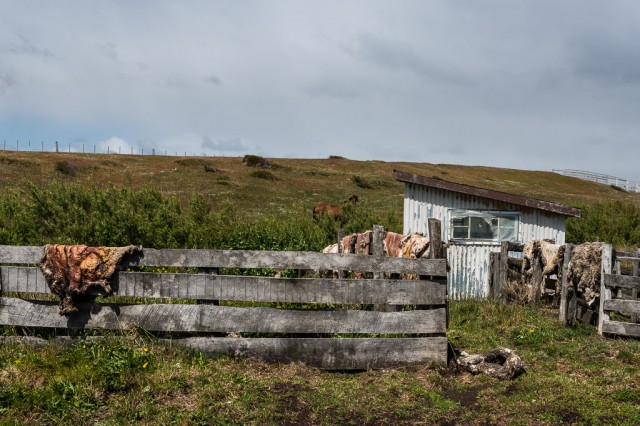
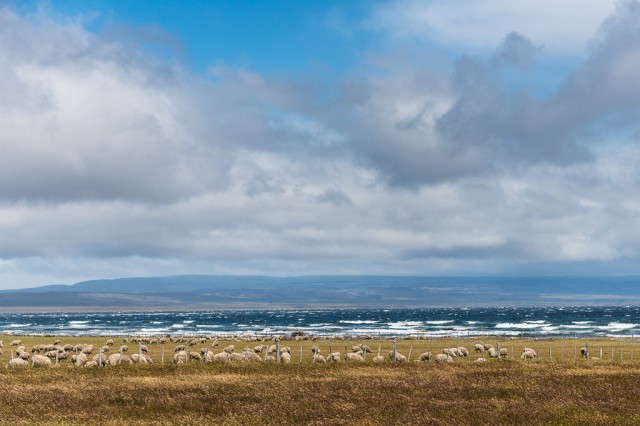
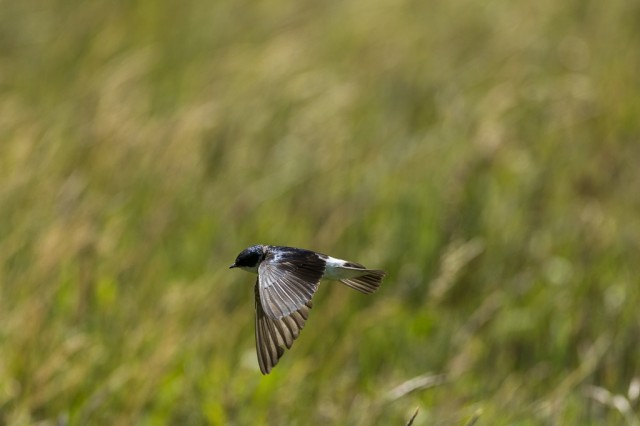
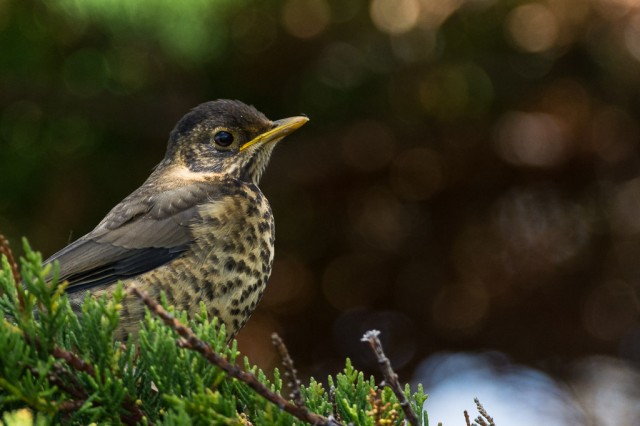
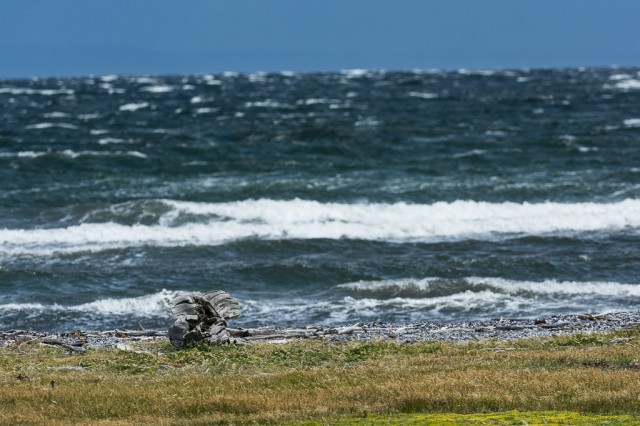
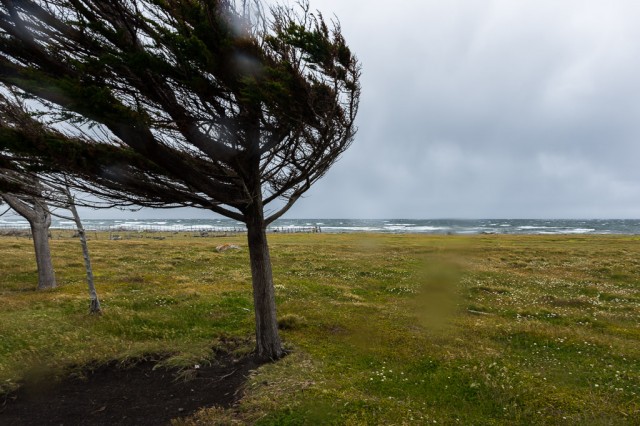
After lunch we had no Condors visiting and in the end we had Kelp Gulls (Larus dominicanus) and Southern Crested Caracara (Caracara plancus) fighting in the ever changing weather. We had a little bit of rain but it was also sunny and all the day it was very windy but we did not see any sign of the Condors in the afternoon, which was a great disappointment. One more day to go.
